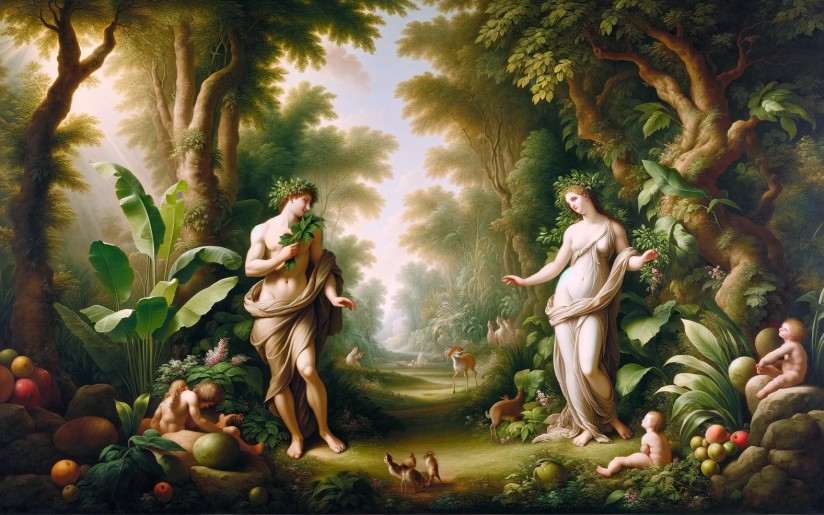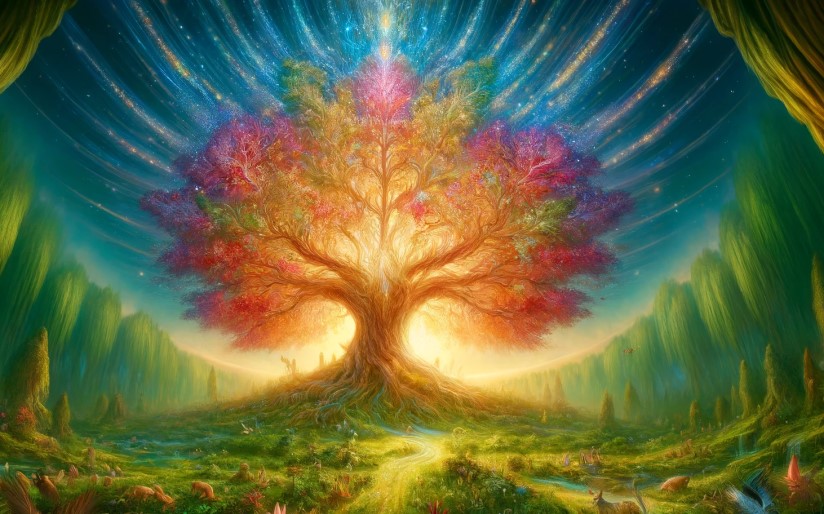Poems that have allusion are more common than you may think. Allusion is a literary device that briefly references another fictional work, event, place or person. Properly used, allusion can create dramatic irony, develop connections between texts and add meaning to a piece through this subtle yet impactful figure of speech.
Some of English’s most famous poems use allusion to incredible effect. To explore this powerful and subtle device, we’ve analyzed examples in three highly lauded poems.
What Are Famous Poems That Have Allusion?
Allusion works exceptionally well in poetry due to its symbolic nature. The one downside is that readers must be familiar with a wide range of material to catch allusions. Fortunately, plenty of resources (including this very article!) can fill gaps in your knowledge.
Here are three famous poems that have allusions and brief explanations of the works they reference.

1. “Nothing Gold Can Stay” by Robert Frost
Robert Frost’s “Nothing Good Can Stay” makes excellent use of its allusion to the Garden of Eden:
Her early leaf’s a flower
But only so an hour.
Then leaf subsides to leaf.
So Eden sank to grief,
So dawn goes down to day.
Nothing gold can stay.
In Christian mythology, Eden was a perfect garden inhabited by the first man and woman until they disobeyed God and went into exile.
As the title implies, the poem contemplates the temporality of valuable things. Their loss is inevitable, just like God planned for Adam and Eve to disobey and leave Eden. All that is good will eventually end.
2. “The Waste Land” by T. S. Eliot
T. S. Eliot’s “The Waste Land” is one of the most famous poems that have allusions because it’s chock-full of them:
- “Oed’ und leer das Meer” is a line from the opera “Tristan und Isolde” by Richard Wagner.
- Hofgarten and (Lake) Starnbergersee are real-life locations.
- “Those are pearls that were his eyes” is a line from the play “The Tempest” by William Shakespeare.
- “April is the cruelest month” directly references “The Canterbury Tales,” a literary and historically significant poem by Geoffrey Chaucer.
Due to the many references, fully understanding this poem requires intense study. Scholars have dedicated their careers to unraveling this iconic text.

3. “Girl Saints” by Emilly Skaja
Unsurprisingly, “Girl Saints” is a poem that has allusions of a Biblical nature:
“Our Father. Who Art in Heaven.”
“Our Father, who art in heaven,” is a direct citation from the beginning of the Lord’s Prayer, one of the most well-known prayers in Christian tradition, found in the Gospels of Matthew and Luke.
“There was room at the inn.”
Having room at the inn alludes to the biblical story of the birth of Jesus in the Gospel of Luke, where it is famously stated that there was no room at the inn, leading Mary and Joseph to seek refuge in a stable.
“Starved girls folded at a line from Leviticus.”
The poem explores the oppression of women through patriarchal authority; since the Bible has been a tool of patriarchal oppression, its use highlights how a system deemed to be morally good can enact evil.
What Is an Example of a Historical Allusion in a Poem?
“Girl Saints” contains a historical allusion, offering real-world examples of the evil it calls out. The line “There was time to be floated as witches” is another allusion to a historical practice called “witch swimming,” in which religious leaders, often male, threw women accused of witchcraft into bodies of water. If the women floated, they faced execution; if they drowned, the leaders declared them innocent.
What Are Your Favorite Poems That Have Allusion?
Once you understand the concept of allusion, you may realize you know plenty of poems that have allusions. What’s one poem that stands out to you? Let us know in the comments below!


Leave a Reply